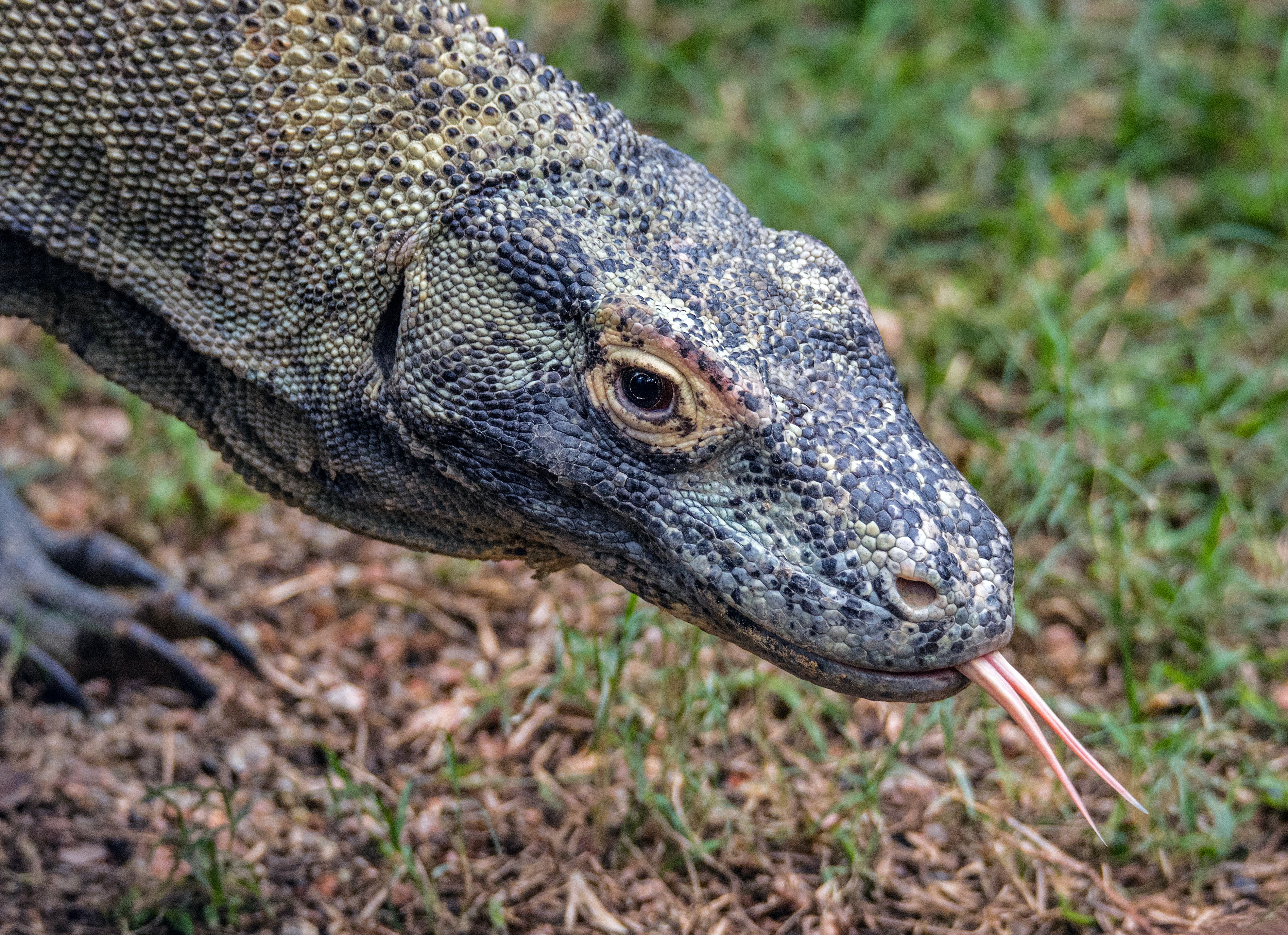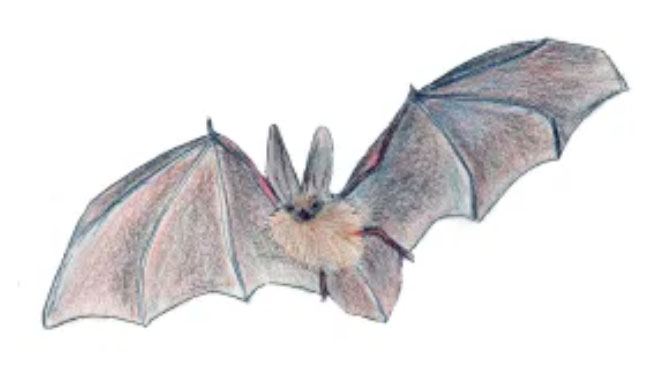Do you want to know how archaeologists know what they know? This activity will help you think more carefully and learn important observational skills.
Make your own mask with snakes instead of hair.
Based on the story and our own sculpture of Medusa, follow this simple step by step tutorial to make your own fun mask. If you need an idea for an arts and crafts afternoon, this is perfect.
In the Museum of Classical Archaeology, the statues are plaster copies of other statues. The process of making them is called plaster casting. In this activity, learn how make your own moulds and casts using salt dough, plasticine and household objects.
Follow the instructions to write a Greek myth with heroes, villains, gods and monsters.
Choose between four story types: a quest, homecoming, foundation and monster, illustrated with examples from Greek myth and statues from the Museum's cast gallery throughout.
The BBC Young Writers’ Award with Cambridge University is a great chance to get creative. All young people in the UK aged 14-18 are welcome to submit stories of up to 1,000 words by 22nd March. The five shortlisted young writers will have their stories narrated by an actor and recorded for a radio broadcast, and will be published in an anthology.
How do historical conditions influence our health? How does health change history? The After the Plague Project investigates these questions by exploring health in medieval England (400-1500).
The most significant event during this period is the infamous Black Death (the plague epidemic of 1347-51), which killed 30% to 60% of Europe’s population. This project focusses on one medieval archaeological site in Cambridge, and the people who were buried there.
This resource has been designed to help students develop research skills by using a painting as a starting point.
By working through the project you will find out about a range of skills, strategies and methods which can then be applied to other museum and gallery objects. The resource has been written with reference to the A-Level Assessment Objectives to demonstrate how to plan and manage a research project and use a range of different resources.
In this activity you can see busts of Julius Caesar, Claudius, Nero and Hadrian from the museum. Find out more about each one, how they are connected to the history of Britain, and complete the activities to learn more!
At the end you will find instructions on how to create your own comic about the life of emperor Claudius!
Dragons do not only populate the myths and legends of the past, but also the world around us.

Zoology PhD student Tom Jameson takes us on a journey of discovery with the world's largest reptiles.
While we sleep at night, a world of nocturnal animals are going about their lives outside. Creatures like foxes and mice, owls and badgers and bats and moths tend to sleep or shelter during the day, and search for food at night.

